Get PeakVisor App
Sign In
Search by GPS coordinates
- Latitude
- ° ' ''
- Longitude
- ° ' ''
- Units of Length

Yes
Cancel
Share ×

Scan the QR code and open PeakVisor on your phone
❤ Wishlist ×
Choose
Delete
The Silver Lake Wilderness is a state-level protected area located in the southern part of the Adirondacks in the north-central region of the US state of New York. As its name suggests, the wilderness area’s main attraction is Silver Lake, though it also contains many mountains and the rugged West Branch of the Sacandaga River. There are 65 named mountains in the wilderness, the highest and most prominent of which is Hamilton Mountain (3,248 ft/990 m).
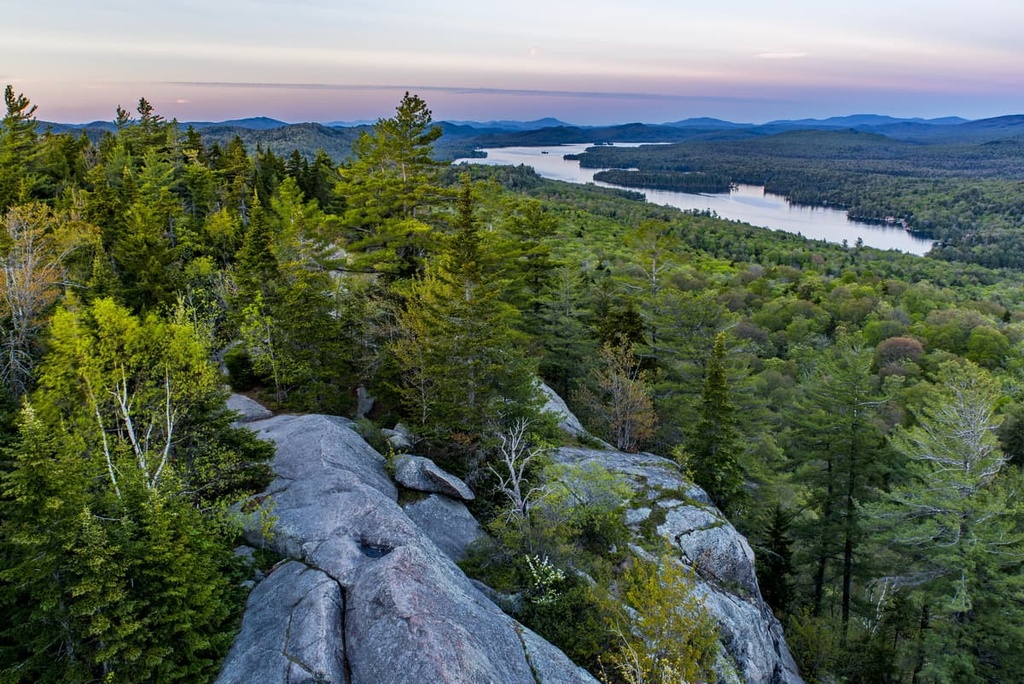
The Silver Lake Wilderness is located in the north-central part of the US state of New York. It is wholly enclosed within the Adirondack Park, which encompasses some 6.1 million acres (2,468,580 ha) of public and private land that’s protected under the New York State Constitution.
Within the park, the Silver Lake Wilderness further protects approximately 106,770 acres (43,200 ha) of land in Hamilton County. The wilderness is situated within the towns of Arietta, Wells, Benson, and Lake Pleasant just to the south of NY State Route 8, to the west of NY State Route 30, and to the east of NY State Route 10.
There are approximately 48 bodies of water within the wilderness area, which is otherwise dominated by rolling hills. Much of the wilderness is swampy, though dense deciduous forests are what most people encounter on visits to Silver Lake.
Silver Lake is easily the largest lake in the wilderness with a surface area of about 800 acres (324 ha) and an approximate shore length of about 6.8 miles (11 km). Interestingly, the northern and eastern shores of the lake are actually home to many private land holdings and so-called camps (private homes and cabins) while only the southern and western shores are protected as forever wild.
The Silver Lake Wilderness is surrounded on all sides by the Adirondack Park, though private land holdings border much of the designated wilderness.
Other nearby areas of interest include the Siamese Ponds Wilderness to the northeast and the West Canada Lake Wilderness to the northwest. The wilderness is also surrounded by wild forests, including the Wilcox Lake Wild Forest to the east, the Shaker Mountain Wild Forest to the south, the Ferris Lake Wild Forest to the west, and the Jessup River Wild Forest to the north.
Geologically, the Silver Lake Wilderness shares many similarities with the rest of the Adirondack Park. The mountains in the wilderness are all part of the Adirondack Mountains, which is a large chain of peaks arranged in a dome shape.
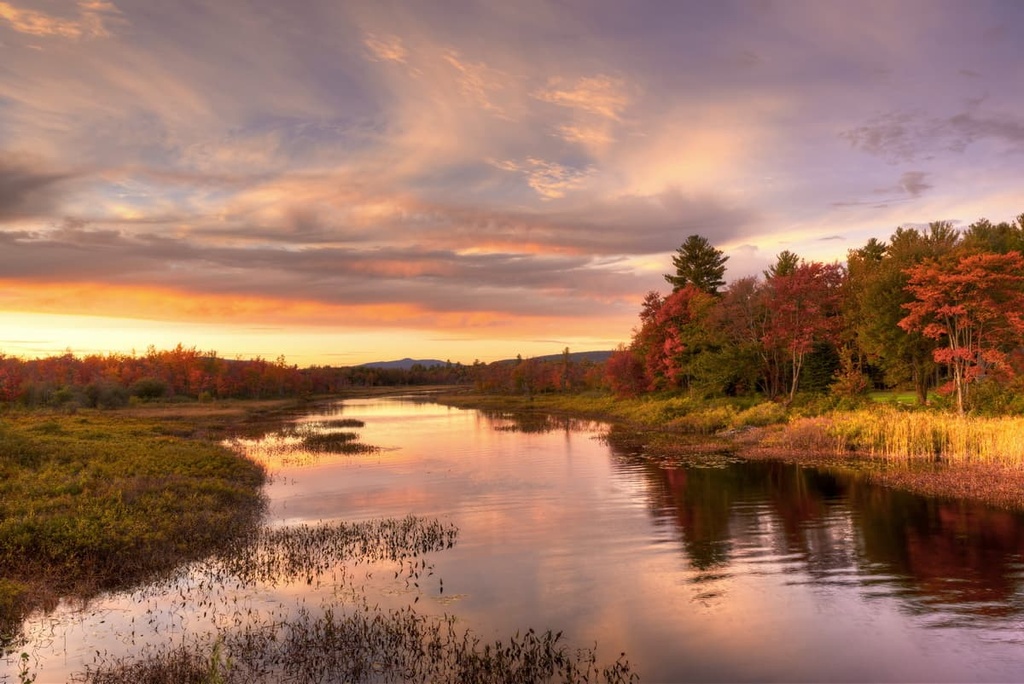
That said, the mountains in the southern Adirondacks consist of different rocks than those found in the north. Unlike the High Peaks, which contain large quantities of anorthosite, the southern Adirondacks around Lake George consist primarily of a mix of sedimentary and igneous rocks, including sandstones, shales, and limestones, though there is some anorthosite in the region.
The Adirondacks as a whole formed as a result of the Grenville orogeny, which deformed the region’s bedrock to create mountains. These mountains were then subsequently eroded over multiple major glaciations to create the peaks that we see today.
Major peaks in the wilderness include Hamilton Mountain, Swart Mountain, Three Ponds Mountain, Dugway Mountain, and Speculator Mountain.
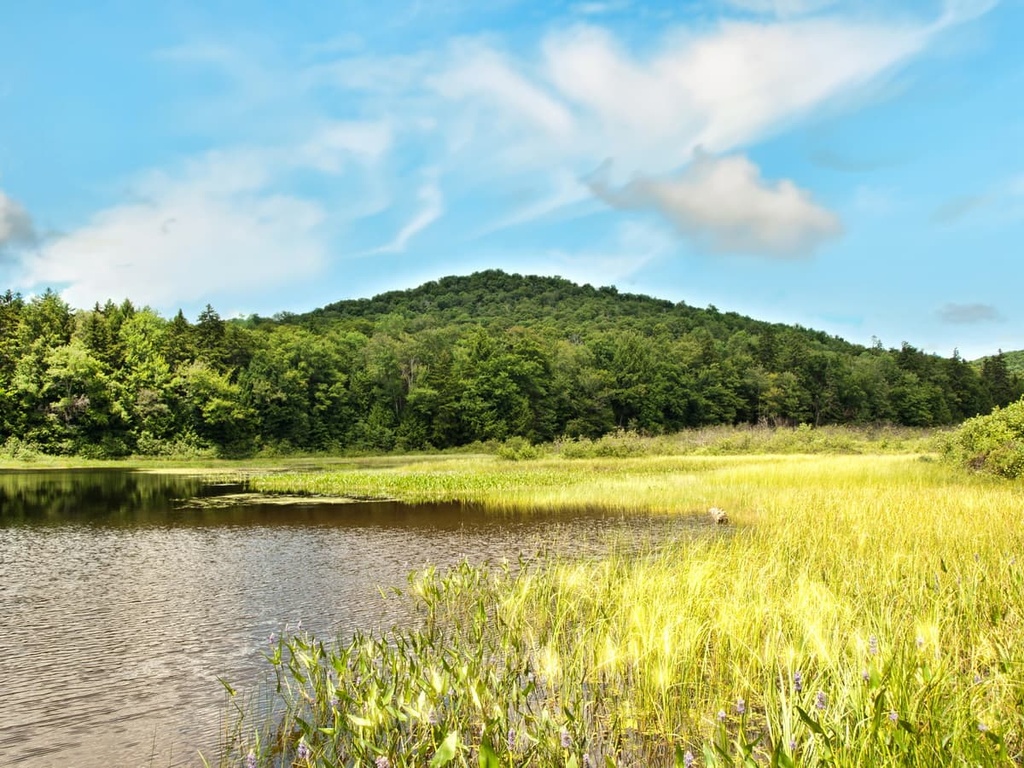
The ecology of the Silver Lake Wilderness is typical of that of the rest of the Adirondacks.
Due to the lower-lying terrain in the wilderness, the region is primarily covered by mixed hardwoods and softwoods. This includes beeches, birches, maples, elm, basswood, hornbeam, ash, and hemlocks. However, at the highest elevations in the wilderness, the primary trees are spruces and balsam.
The wilderness is also home to large areas of wetlands. These wetlands consist of a mix of evergreen, broad-leaf deciduous, and scrub forests, though they tend to be no larger than 500 acres (202 ha) in size.
Like the rest of the Adirondacks, the Silver Lake Wilderness is a haven for wildlife. The forest is home to many animal species, including black bears, bobcats, moose, eastern coyotes, river otters, beavers, and white-tailed deer. The only endangered species found in the Silver Lake Wilderness is the Indiana bat.
The Silver Lake Wilderness is also particularly popular among anglers who venture to the region for brook trout. Silver Lake is a prime fishing destination, as is Loomis Pond, Rock Lake, and Mud Lake.
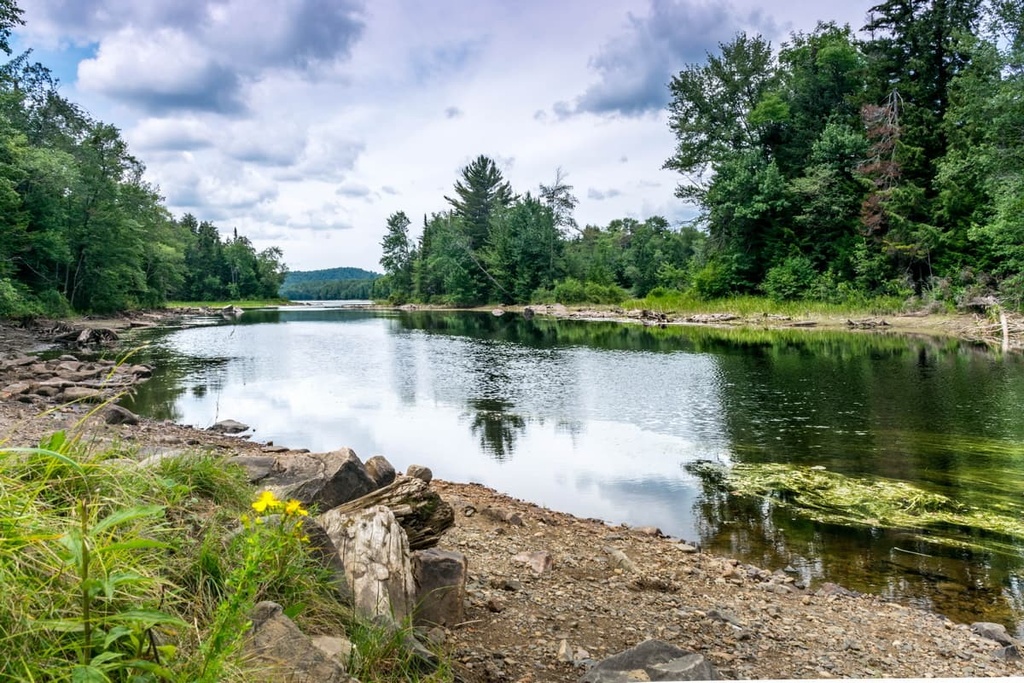
The land that is now part of the Silver Lake Wilderness and the Adirondack Park has been home to humans since time immemorial. In particular, the wilderness is located on the traditional territory of the Kanyen'kehà:ka (Mohawk) of the Haudenosaunee (Six Nations).
Peoples of European descent began visiting the greater Silver Lake region in the seventeenth century with the arrival of Samuel de Champlain at Lake George (Andia-ta-roc-te) in 1609. The French later built Fort Ticonderoga in the mid-eighteenth century along the shores of Lake Champlain (Kaniatarakwà:ronte).
However, settlement of the region that would later become the Silver Lake Wilderness by people of European descent didn't begin in earnest until the settlement of what is now the town of Lake Pleasant in 1795 and the creation of Hamilton County in 1816.
In 1864, a settler named Joel Newton built a store and a hotel along the outlet of Lake Pleasant. He named his settlement Newton’s Corners, though his buildings burned down in 1870. Nevertheless, this began a period of major tourism growth in the area that saw the creation of several large hotels.
The area was particularly popular among wealthy individuals from New York City during the height of the Victorian Era. As was the case in the rest of the Adriondacks, the area around Speculator became a common destination among sportsmen from major cities in the North East.
Around the same time, the region became a source of interest for logging companies who sought to profit off of the massive timber reserves of the Adirondacks. The land became particularly popular among farmers, mill owners, tannery workers, and lumbermen.
Eventually, the land in the Adirondacks was nearly completely stripped of its forests. This led to public outcry in environmentally conscious-circles and, eventually, the creation of the Adirondack Park in 1894.

The Adirondack Park is now a protected area under the New York State Constitution. It includes a mix of both private and public lands. Nearly 50 percent of the public lands in the state park are managed as wilderness areas.
The Silver Lake Wilderness was formally designated in 1972, though a management plan for the wilderness wasn’t formalized until 2006. As a designated wilderness, all forms of motorized or mechanized travel (including bikes) are prohibited in the Silver Lake Wilderness.
Although the Silver Lake Wilderness is a popular destination for outdoor recreation, there’s technically only one maintained and designated trail in the wilderness area. Many other visitors to the region travel on canoe or kayak through the wilderness’ many navigable waterways.
If you want to hike in the Silver Lake Wilderness, you’re welcome to travel off-trail, however, the density of the Adirondack forest can make bushwacking a challenge. Alternatively, you can hike on the Northville-Placid Trail (NPT), a long-distance hiking trail that starts in the nearby town of Northville and ends 133 miles (214 km) away in the town of Lake Placid to the north.
The Northville-Placid Trail cuts through the wilderness and traverses it from north to south. There are approximately 23 miles of hiking on the trail in the boundaries of the wilderness area. You can access the trail in the wilderness from the following trailheads:
Additionally, there’s another minor trailhead in the wilderness called the Whitehouse Trailhead. This trailhead is primarily used by hikers that want to visit Hamilton Lake Stream, Big Eddy, or Mud Lake.
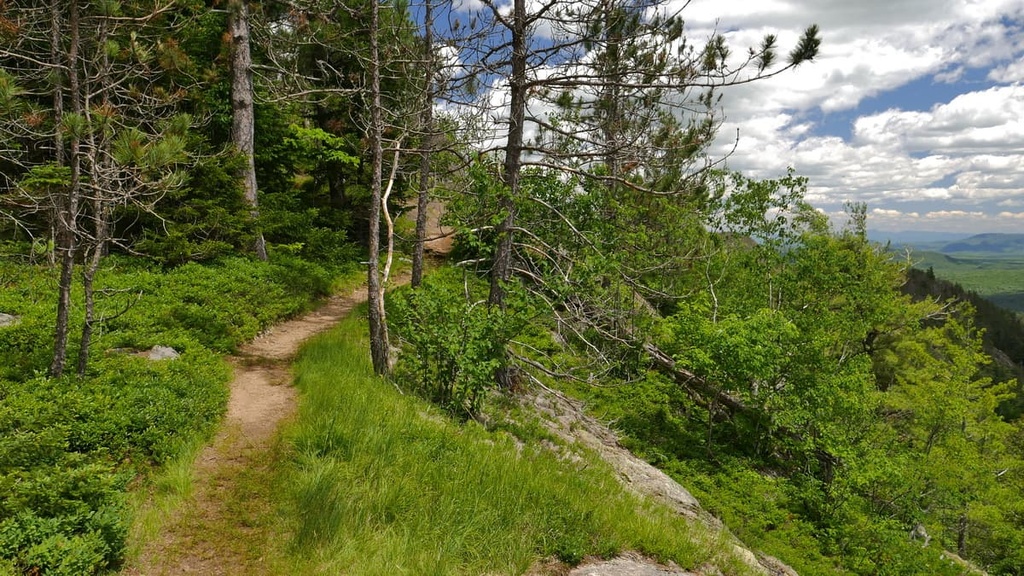
You can also check out the North Branch Parking Area along State Route 10, which provides access to a handful of unmarked herd paths. This trailhead is mostly used by hunters and others looking for a more remote wilderness adventure.
The Silver Lake Wilderness is purposefully maintained as a minimum-impact area with few developed facilities or amenities. If you want to spend the night in the wilderness, you have a few different camping options to choose from.
One of the most popular places to stay in the wilderness is the Silver Lake Lean-to, which is located on the southeastern shores of Silver Lake along the Northville-Placid Trail. There are two other lean-tos in the wilderness—one at Mud Lake and one at Hamilton Lake Stream. All three lean-tos are located on the Northville-Placid Trail.
If you want to spend a night at any of these lean-tos, remember that lean-tos are available on a first-come, first-served basis, so bring a tent as a back-up shelter option.
Lean-tos can generally fit anywhere from 6 to 8 campers in their sleeping bags. Note that you are not allowed to set up tents inside a lean-to and that you can’t reserve a lean-to for a group if there’s extra space available for other campers to join.
Also keep in mind that lean-tos are not maintained cabins. Be sure to pack out any trash that you bring with you and, whenever possible, try to pack out any garbage that may have been left behind by others, too. Additionally, bring a bear hang kit or a bear canister to store your food at night or whenever you’re away from the lean-to during your stay.
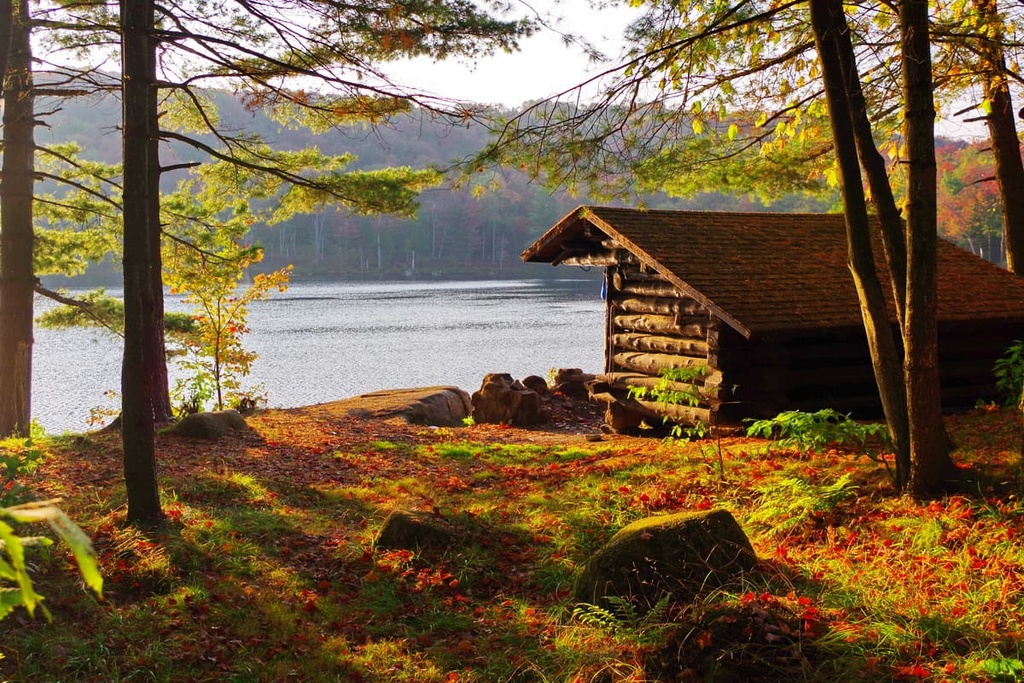
Staying in a lean-to is a fantastic experience, but it’s up to all of us to help keep these fantastic shelters in good working condition.
As is the case with most wilderness areas in the Adirondacks, tent camping is allowed throughout the Silver Lake Wilderness.
Campers can pitch their tent at any of the 33 designated tent sites in the wilderness. These wilderness areas are marked with a yellow “Camp Here” disk that’s normally affixed to a tree. Technically, tents need to be placed within 15 feet (4.6 m) of these disks to be pitched legally in the Adirondacks.
Most of these designated campsites are located along a trail or very close to water—two spots where camping isn’t normally allowed under state regulations. While it is legal to camp in these designated sites, anyone looking to camp in an undesignated area needs to be at least 200 feet (60 m) from a trail, road, body of water, or lean-to.
Remember that bears are active in the Silver Lake Wilderness. As of the time of writing, you’re legally required to store your food in a bear hang or a bear canister at night or whenever you’re away from your campsite in the wilderness.
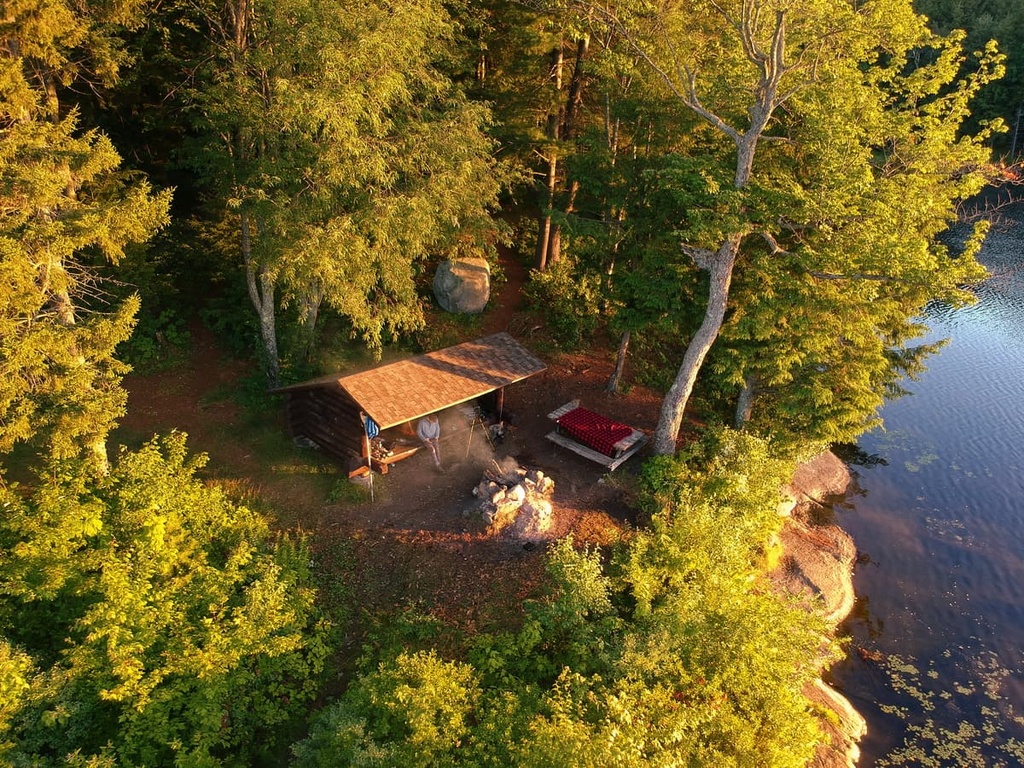
There are no designated campgrounds in the Silver Lake Wilderness. However, the DEC Sacandaga Campground is located just a short drive away along NY State Route 30 in the town of Wells on the eastern side of the wilderness.
The campground offers 143 seasonal campsites, all of which have a picnic table and a fireplace. Some of the campsites are also designated as accessible sites. Additionally, the campground offers potable water, hot showers, and flush toilets. It also has a boat launch area on Algonquin Lake.
Fees for the campground are subject to change, but they’re currently about $20 per campsite per night for NY state residents. Non-residents are charged $25 per campsite per night to use the facilities.
Looking for a place to stay near the Silver Lake Wilderness? Here are some of the best cities and towns to check out nearby:
Wells is a small town of approximately 700 people that’s located just outside the Silver Lake Wilderness. The town is located along the shores of Lake Algonquin, which is one of its biggest tourist attractions.
Although Wells is a small community, it is a popular destination among outdoor recreationalists in the region. Hiking, power boating, canoeing, kayaking, fishing, and camping are all popular activities in the area during the summer months. During the winter, Wells is also popular among snowmobilers and it hosts ice racing on Lake Algonquin.
Despite its small size, Wells is home to a general store, a gas station, an ice cream shop, and even a small sculpture garden. There are a number of vacation rentals in the town, but if you’d prefer to stay in a hotel, nearby Speculator offers additional accommodation options.
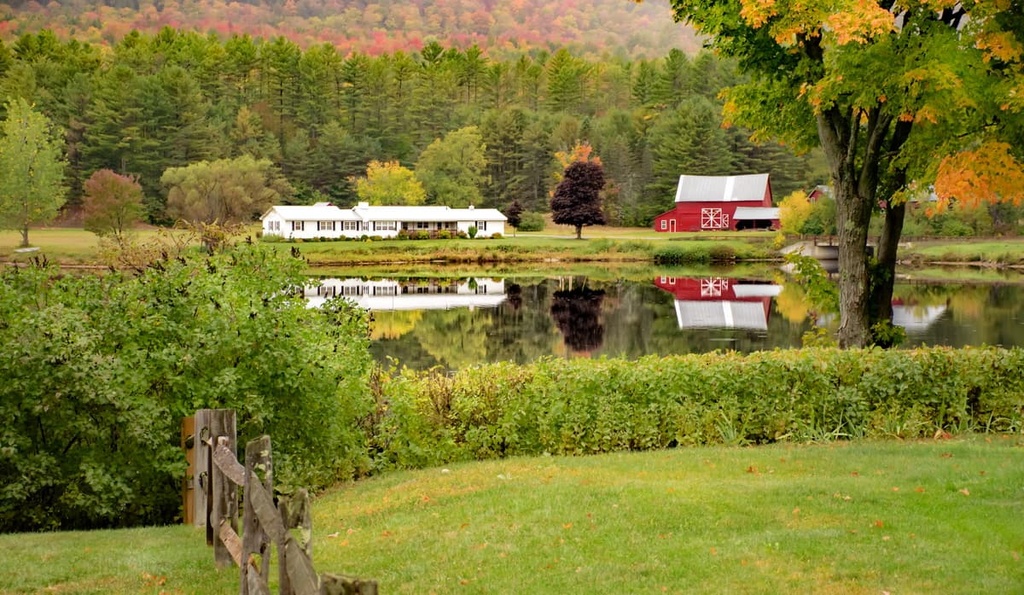
The village of Speculator is one of the major tourist centers in the southern Adirondacks. Although the town is home to only 350 people, it is actually the only incorporated town in Lake Pleasant and it is one of the most popular outdoor recreation destinations in the southernmost stretches of the park.
Speculator is located along the shores of Lake Pleasant and it is technically part of the larger town of Lake Pleasant, which is home to about 800 people. The village is also located at the intersection of NY State Route 8 and NY State Route 30, so you’ll almost certainly drive by it if you're traveling through the region.
During the summer, Speculator is popular among tourists because of the many opportunities for outdoor recreation that it offers on Lake Pleasant. It also offers good access to the surrounding wilderness for hiking, canoeing, and other activities. Meanwhile, in the winter, Speculator is very popular among snowmobilers.
Even though it’s a small community, Speculator is home to a number of inns and hotels. There are also quite a few restaurants in town as well as a gas station with a convenience store for visitors to check out.
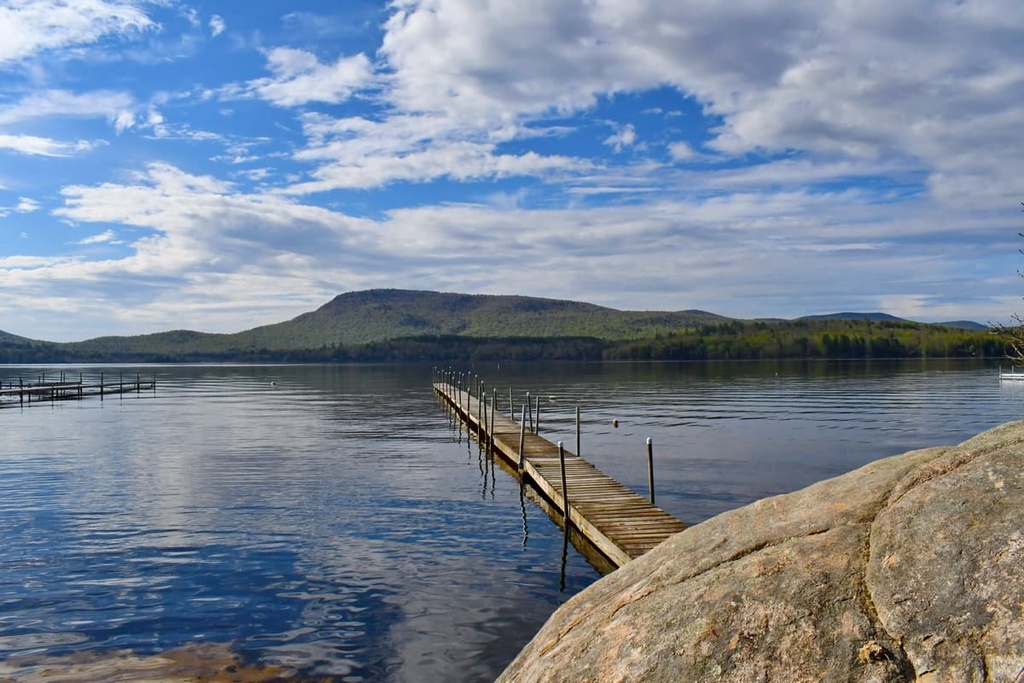
Of all the communities in the southern Adirondacks, none is more popular than Lake George. Technically Lake George is located about an hour’s drive to the east of the Silver Lake Wilderness on the shores of its namesake lake. However, it is the largest town in the immediate vicinity with approximately 4,000 residents.
Lake George is very popular among tourists as it offers a bustling downtown area with shops and restaurants. It’s also a popular place to own a vacation home, especially on the shores of Lake George.
If you need any amenities for your trip or you simply want to stay in a larger town, Lake George is the place to be. There are plenty of hotels and campsites in and around the town, too, that cater to tourists.
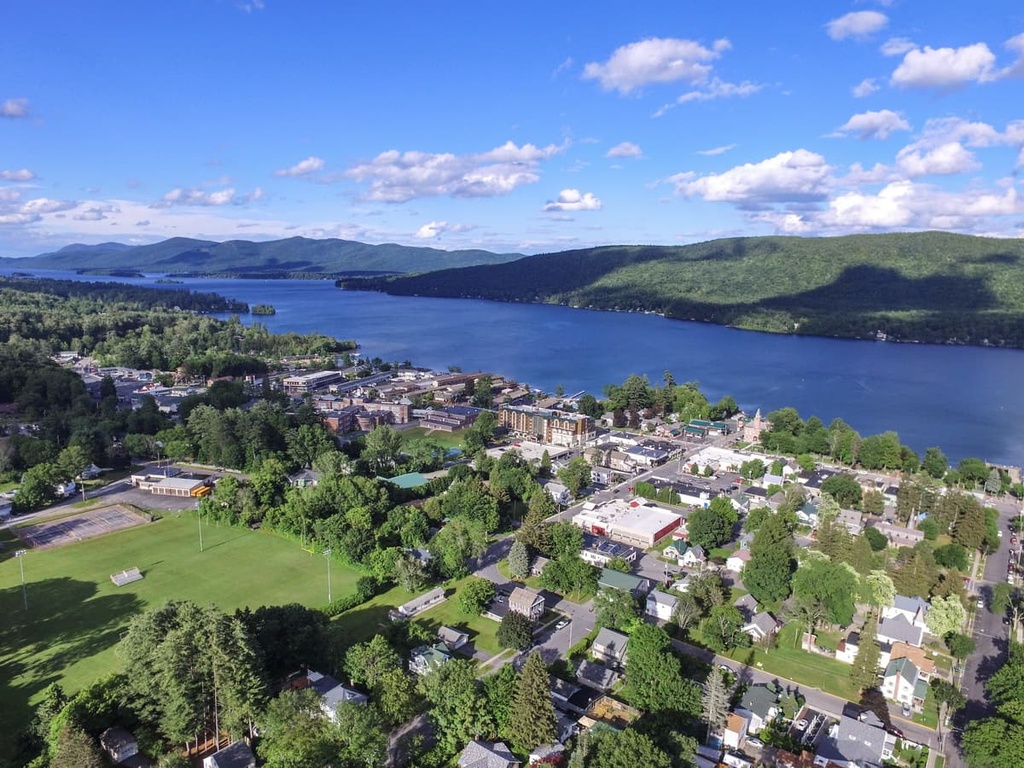
The state capital of New York, Albany is a city of approximately 100,000 people located to the southeast of the Silver Lake Wilderness. Albany is situated about 1 hour and 30 minutes away from the wilderness by car, but it is home to the closest international airport as well as a bus station and an Amtrak train station.
Although it’s only a fraction of the size of New York City (the state’s largest city), Albany is a solid tourist destination in its own right. It is known for its unique architecture and its many colleges and universities.
Albany is also the hub of the greater Capital District, which includes a number of smaller towns and cities such as Rensselaer, Troy, Guilderland, and East Greenbush. There are plenty of shops, restaurants, and hotels in Albany to suit any traveler.

Explore Silver Lake Wilderness with the PeakVisor 3D Map and identify its summits.








